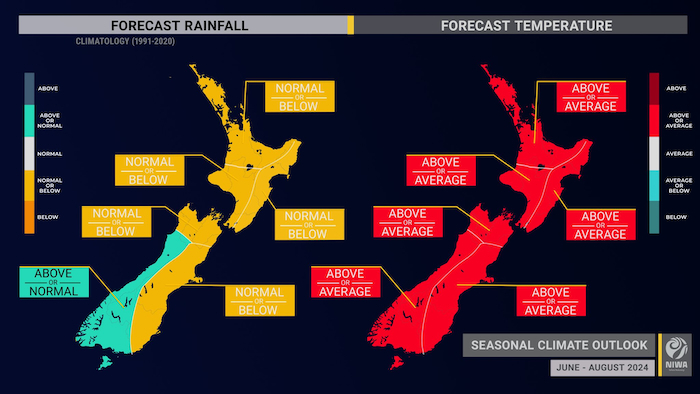Typical winter predicted for Central
Anna Robb
13 June 2024, 6:30 PM
 Central’s winter forecast looks typical with cold snaps, according to NIWA experts. Pictured is the Clyde - Alexandra river track last August. PHOTO: The Central App
Central’s winter forecast looks typical with cold snaps, according to NIWA experts. Pictured is the Clyde - Alexandra river track last August. PHOTO: The Central AppNIWA’s seasonal climate outlook for winter across Central indicates there will be cold snaps, but winter as a whole is unlikely to be colder than average.
Meteorologist Ben Noll said reduced rainfall over much of the country, and the fact temperatures were unlikely to be colder than average, were two strikes against the snow season for skiers.
“But . . . all it takes is one or two well timed dumps of snow around the school holidays and that can really change the game as far as the ski season goes.”
Ben said the long duration dry period New Zealand has been experiencing does have impacts lingering across multiple seasons.
“It’s going to take a long time, probably two, three or four big soaking rain events . . . to see those soils recharge and then the hydrological flows to increase thereafter.”
NIWA said the temperatures will be typical of a NZ winter, or warmer than usual, following an “unusually cool autumn” this year.
“It may seem a little counterintuitive that as we go into winter we expect things to trend milder, but the last three months have been pretty exceptional as far as temperature goes, we’re looking at an autumn season that could end up being one of the coldest relative to average in about a decade, or maybe even a little more than that.”

Rainfall and temperatures from NIWA’s three monthly outlook. PHOTO: Supplied
Central may be exposed to strong fronts and lows on occasion, particularly in July and August.
Soil moisture levels are most likely to be near normal while river flows are about equally likely to be near normal or above normal.
El Niño, which was active since September 2023, has ended and NIWA has issued a La Niña watch, with a 60 to 70 per cent chance of this climate driver developing in spring.
Northeasterly winds tend to become more common during La Niña events, bringing moist, rainy conditions to northeastern areas of the North Island and reduced rainfall to the lower and western South Island.
Warmer than average air and sea temperatures can occur around New Zealand during La Niña.
Read more: Why winter makes us SAD and how light can help





